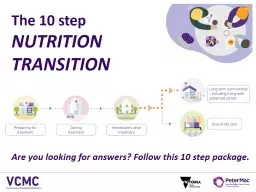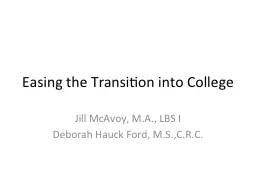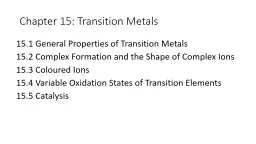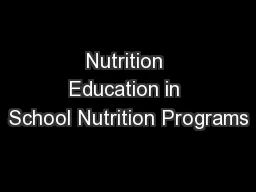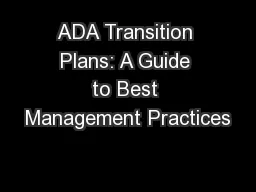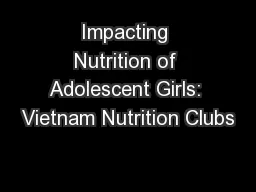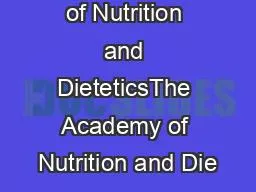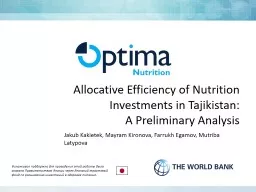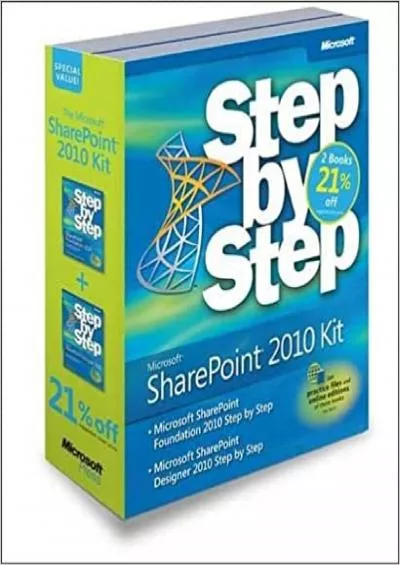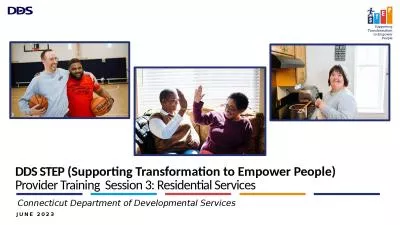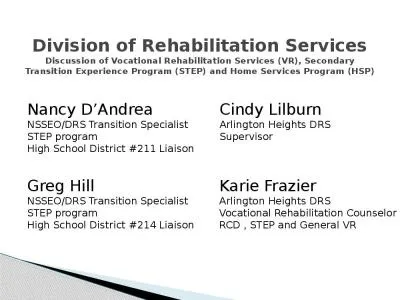PPT-The 10 step nutrition transition
Author : margaret | Published Date : 2022-06-11
Are you looking for answers Follow this 10 step package How do you TRANSITION There are 10 steps within this package you may already be doing some steps No set
Presentation Embed Code
Download Presentation
Download Presentation The PPT/PDF document "The 10 step nutrition transition" is the property of its rightful owner. Permission is granted to download and print the materials on this website for personal, non-commercial use only, and to display it on your personal computer provided you do not modify the materials and that you retain all copyright notices contained in the materials. By downloading content from our website, you accept the terms of this agreement.
The 10 step nutrition transition: Transcript
Download Rules Of Document
"The 10 step nutrition transition"The content belongs to its owner. You may download and print it for personal use, without modification, and keep all copyright notices. By downloading, you agree to these terms.
Related Documents

